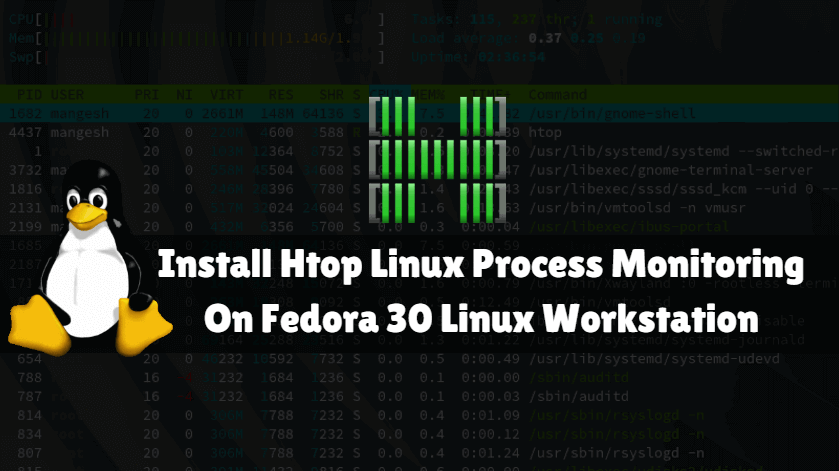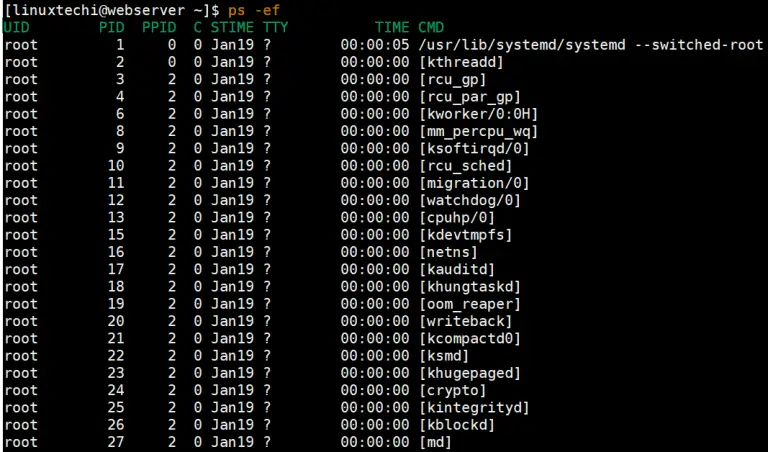

Here we will discuss how to get the specific processes list with the help of ps command. View all processes owned by you : Processes i.e same EUID as ps which means runner of the ps command, root in this case # ps -x Process selection by list View all the running processes : # ps -rĨ. View all processes associated with this terminal : # ps -Tħ.

View all processes except those that fulfill the specified conditions (negates the selection) :Įxample – If you want to see only session leader and processes not associated with a terminal. View all the processes except session leaders : # ps -dĥ. The process ID of first process of any session is similar as the session ID. So, session leader is a process which kicks off other processes. Note – You may be thinking that what is session leader? A unique session is assing to evry process group. View all processes except both session leaders and processes not associated with a terminal. View Processes not associated with a terminal : View all the running processes use either of the following option with ps – # ps -A # ps -e 3. This is because bash is just a parent process for different processes which needs bash for their execution and bash itself is not utilizing any CPU time till now. In above example we found that, for bash no CPU time has been given. It is nothing but the total accumulated CPU utilization time for any process and 00:00:00 indicates no CPU time has been given by the kernel till now. Note – Sometimes when we execute ps command, it shows TIME as 00:00:00. TIME – amount of CPU in minutes and seconds that the process has been runningĬMD – name of the command that launched the process. TTY – terminal type that the user is logged into Result contains four columns of information. Shows the processes for the current shell Options for ps Command : 1- Simple process selection : Ps provides numerous options for manipulating the output according to our need. proc contains virtual files, this is the reason it’s referred as a virtual file system.

It reads the process information from the virtual files in /proc file-system. Linux provides us a utility called ps for viewing information related with the processes on a system which stands as abbreviation for “Process Status”. ps command is used to list the currently running processes and their PIDs along with some other information depends on different options. A process is an executing instance of a program and carry out different tasks within the operating system. Process is one of the important fundamental concept of the Linux OS. So, it allows multiple processes to operate simultaneously without interfering with each other. In this article we will discus the most common commands with examples which are used in process monitoring in Linux systems such as :Īs we all know Linux is a multitasking and multi-user systems.


 0 kommentar(er)
0 kommentar(er)
